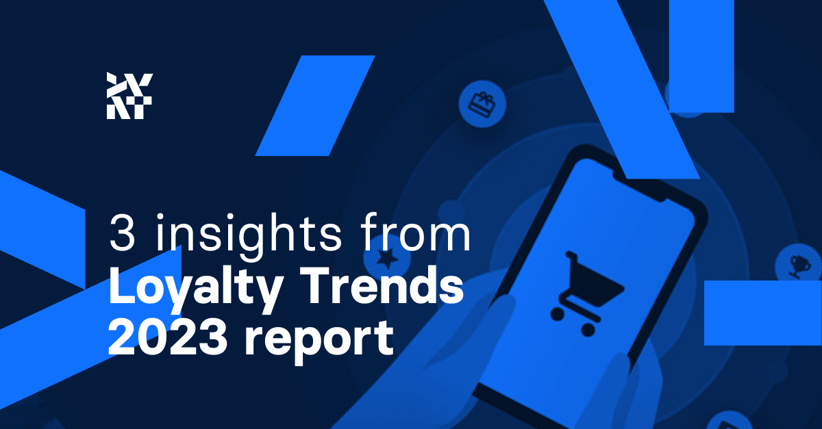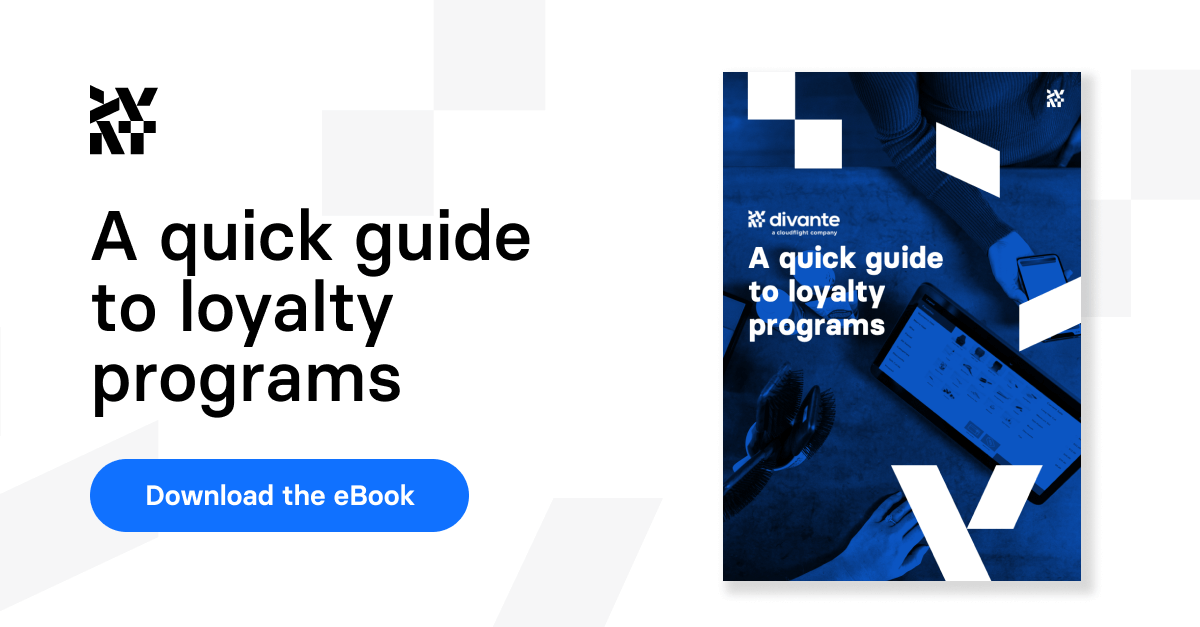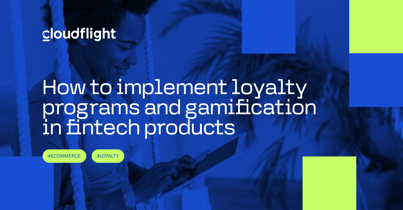There’s no doubt that the loyalty marketing industry is evolving. It’s no longer enough to simply offer your customers more of the same rewards, discounts, and free products that they’ve been getting for years.
Currently, to get competitive results, you have to focus on your customers’ needs and fuel your loyalty programs with their data. That data will help your business to understand customers’ behavior, discover their preferences, and create unique and memorable personalized experiences to keep them close to your brand.
Open Loyalty has recently published in-depth research on what’s next in the industry. The Loyalty Trends 2023 report is made up of interviews from 100 loyalty marketing professionals. The list includes experts from businesses that have marketing down to an art like Virgin Atlantic, Visa, British Airways, Disney, BP, IKEA, Lego, and many more.
In the report, loyalty experts are asked about their challenges, goals, investments, and projected trends for 2023 and the next two to three years. It paints a fascinating picture of the rapidly changing loyalty landscape. For us, there are three main takeaways:
1. The looming recession will squeeze loyalty professionals' resourcefulness to the last drop.
In 2023, the potential impact of a recession on loyalty marketing professionals will depend on a variety of factors. Some of them include the overall state of the economy, the industries in which they work, and their clients’ attitudes toward shopping.
The report raises the question about the long-term impact of the recession. A business that faces financial challenges, such as decreased revenue and profit, can choose between two main paths:
- Reduce marketing budgets and focus on building cost-effective loyalty solutions. This includes having original offers, which some respondents felt was lacking in many of today’s loyalty programs.
- Find the value in loyalty programs as a way to retain customers and increase spending in an effort to keep margins in place.
One way or another, the market pressure will surely increase the need to deliver tangible results and ROI, and the interviewed loyalty marketers are already feeling the heat. Amid the changing economy, rising costs, and reduced budgets, they’re forced into fierce competition to acquire and retain customers that are getting increasingly price-conscious.
2. There’s a space for new, creative approaches.
Many businesses may use similar approaches and strategies in their loyalty programs to appeal to a broad audience and maximize their effectiveness. They follow established industry standards or best practices when developing their loyalty programs, which often leads to a lack of originality. Many loyalty programs offer similar rewards and incentives, such as discounts and free products, to encourage customers to make frequent purchases and remain loyal to the brand.
The problem is often driven by a more conservative approach to managing the budget, and the recession mentioned earlier doesn’t necessarily promote bold moves. It’s an opportunity for some brands to differentiate themselves with creative loyalty campaigns and the use of more diverse reward strategies. Doing so encourages out-of-the-box thinking and allows brands to redesign their loyalty marketing playbooks.
3. Marketing automation and data set the perfect foundation for new loyalty trends.
Marketing automation and data can be useful tools for implementing experience-based rewards, predictive analytics, and gamification. Those three elements are the top trends rated in this year’s report.
Marketing automation can help automate repetitive tasks and processes, such as sending personalized emails to customers based on their behavior and preferences. It can help businesses create more personalized and engaging customer experiences.
On the other hand, data can help enterprises better understand their customers’ needs. You can use it to create more effective experience-based rewards and gamification strategies. For example, it allows you to predict what rewards and incentives will be best for individual customers and to track the success of different gamification strategies. By using both marketing automation and data, businesses can create more personalized and compelling customer experiences that can drive engagement and loyalty.
Ultimately, we can see a significant shift from last year's top trends, such as mobile apps and mobile payments, to directions that are more focused on the customer experience itself. While the previous trends were focused on expanding to a new mobile medium, the new ones are more media agnostic. They lean towards seamless experiences that can be delivered across multiple touchpoints regardless of the platform.
Final thoughts on the future of loyalty in 2023
The Loyalty Trends 2023 report shows that the loyalty marketing industry is at an important crossroads. The crisis can spark innovations, but it can also make businesses retract into their shells and stick to simple and proven loyalty program strategies. The potential impact of a recession on loyalty marketing is hard to truly estimate, forcing the need to optimize existing solutions and find new and creative approaches to loyalty marketing.
Those three insights are just the tip of the iceberg. If you’d like to know more about what’s going on in loyalty marketing, where the industry is heading, and what the top loyalty experts think about various trends and companies, check out the Loyalty Trends 2023 report.
Published January 13, 2023














